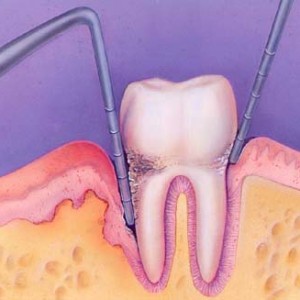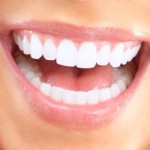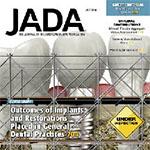 Periodontal pockets develop when the gum tissue begins to pull away from the top of the tooth’s crown. These structures usually form as a result of the inflammation associated with periodontitis, a more advanced stage of gum disease.
Periodontal pockets develop when the gum tissue begins to pull away from the top of the tooth’s crown. These structures usually form as a result of the inflammation associated with periodontitis, a more advanced stage of gum disease.
Generally, when the pocket is at least 4 millimeters deep, some treatment for periodontal disease is warranted. If the issue is not addressed promptly, the pockets will continue to collect more oral bacteria and become bigger. At those more advanced stages of gum disease, effective treatment becomes more invasive.
To avoid gum surgery, patients should consult with a periodontist for treatment as soon as their general dentist identifies symptoms of gum disease, like periodontal pockets. There are several non-surgical interventions that a periodontist can use to reduce the size of pockets, such as root planing and scaling.
With this procedure, the periodontist removes plaque and tartar (which contain oral bacteria that cause the inflammation of gum disease) from the surface of the teeth below the gumline, as well as in any pockets that have formed. An ultrasonic scaler can be used for this procedure for maximum patient comfort.
Periodontal pockets develop when the gum tissue begins to pull away from the top of the tooth’s crown.
Some patients may also receive adjunctive antibiotic therapy as a follow-up to root planing and scaling in order to further reduce the presence of the oral bacteria that cause gum disease. The antibiotics may be taken in pill form or in a powder or gel that can be placed directly in the pockets.
After receiving treatment for gum disease, it is important for patients to take adequate preventive measures to reduce their risk of a relapse. Ongoing monitoring by a periodontist is essential, as is a thorough home oral hygiene routine.
Patients should work with a periodontist who demonstrates a commitment to ongoing education in the field to remain informed on the latest developments in interventions and preventive techniques. This will ultimately benefit the patient in the long-term maintenance of gum health.
If you notice signs of gum disease, like periodontal pockets, schedule a consultation with our skilled team of periodontists to learn more about your treatment options. Call 212-756-8890 for more information.


